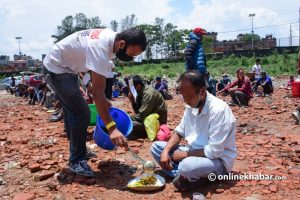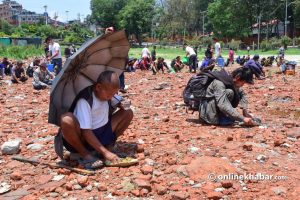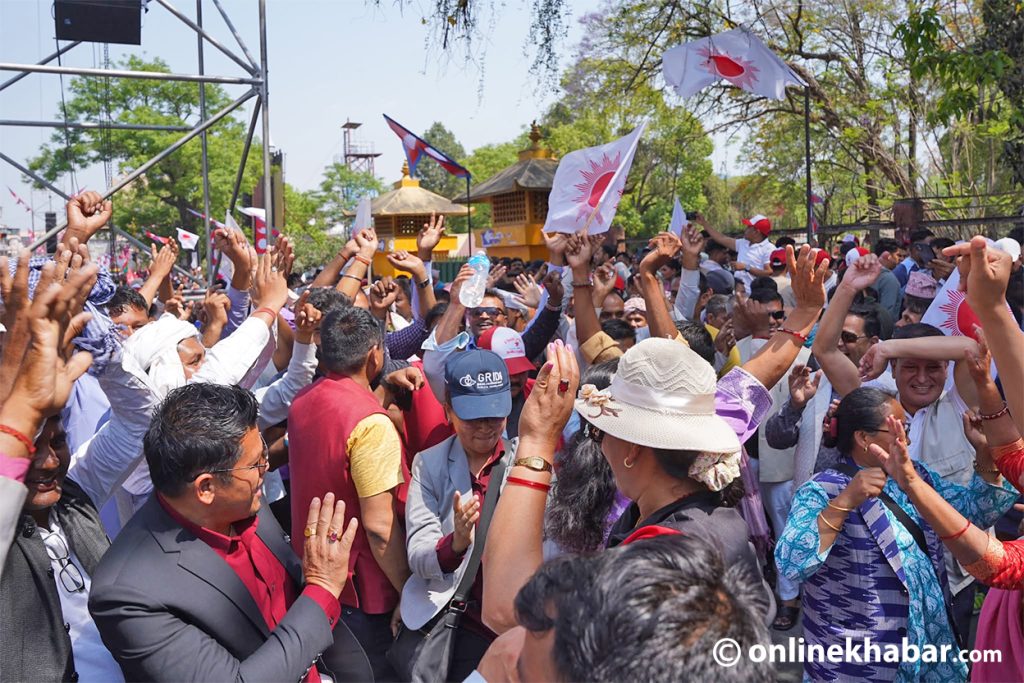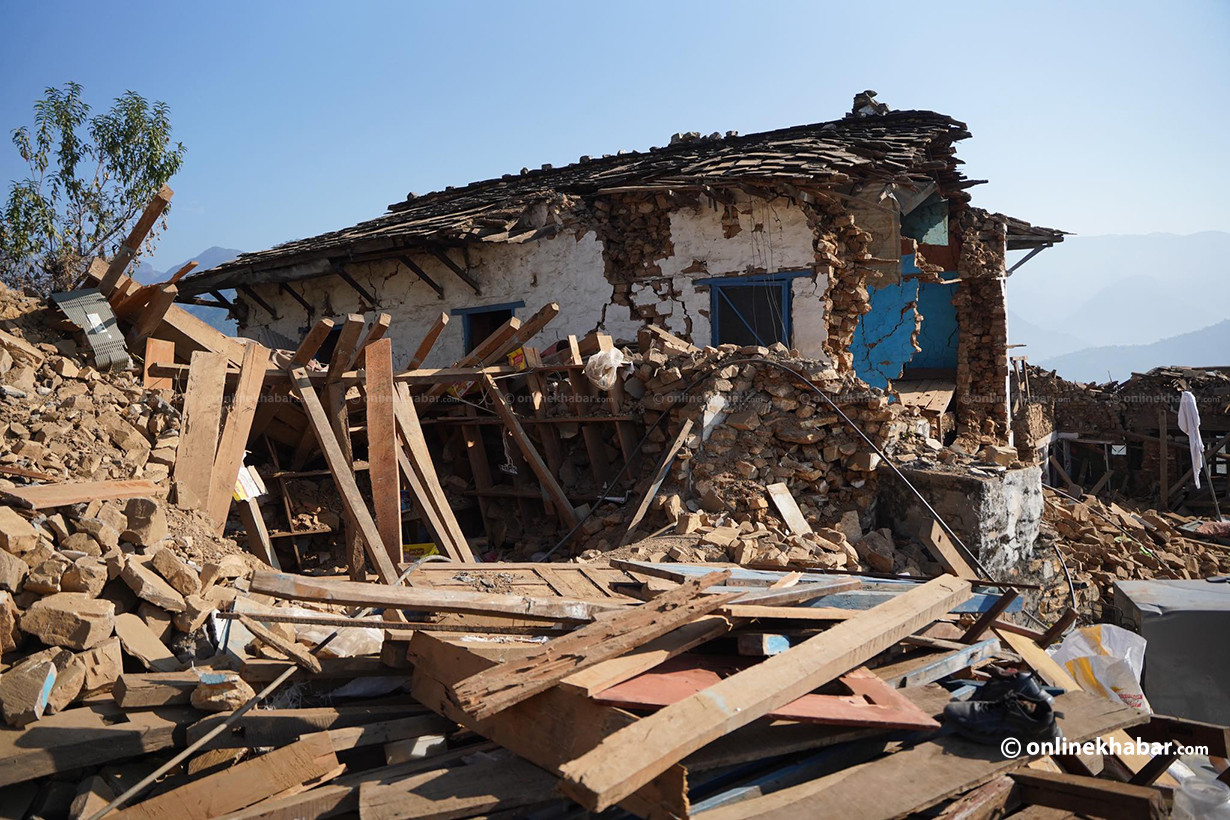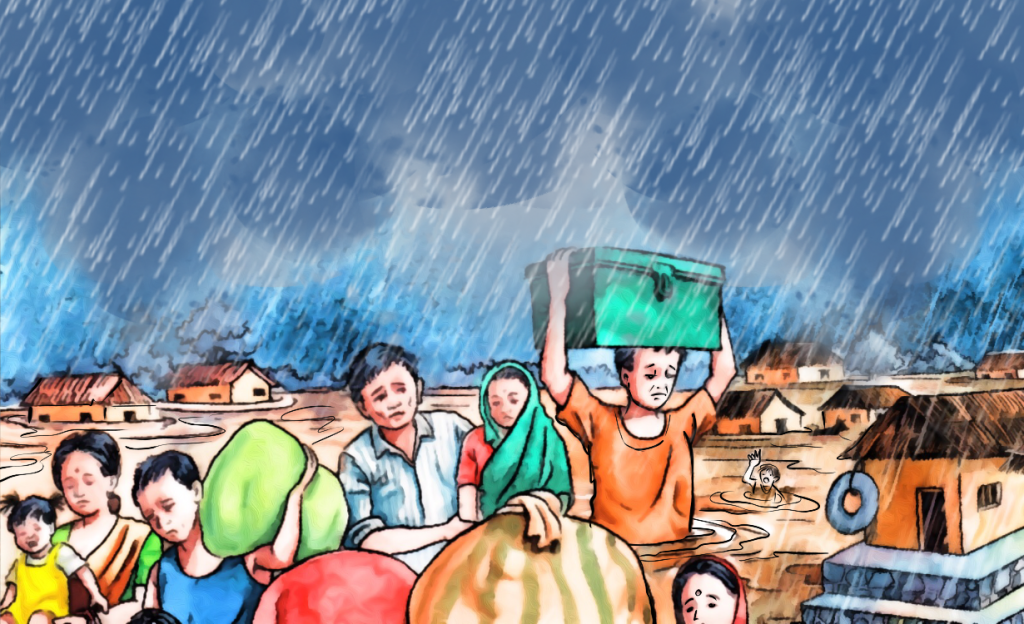
In the aftermath of natural disasters, humanitarian organisations, governments, and communities have traditionally relied upon the relief distribution model as the primary approach to deliver immediate aid to affected populations.
While relief efforts undoubtedly save lives, mitigate cascading risks, and alleviate suffering, a paradigm shift is occurring within disaster response strategies. The resilience model is emerging as a more effective and sustainable approach, emphasising preparedness, risk reduction, and long-term community empowerment over short-term relief distribution.
This article explores the significance of the resilience model and why it should be the preferred approach to disaster response.
Overview of the relief distribution model
The relief distribution model, characterised by the rapid and widespread deployment of resources to provide immediate assistance to disaster-affected populations, has been the conventional approach for decades.
When a disaster strikes, humanitarian organisations and governments mobilise resources such as food, water, shelter, and medical aid to provide relief to those in need. This model has undoubtedly saved countless lives and mitigated suffering during times of crisis. However, it also has limitations and shortcomings that have become increasingly evident in recent years. The challenges of the relief distribution model are described below:
1. Short–term focus: Relief distribution primarily addresses immediate needs, offering temporary relief to those affected. While crucial, it does not address the root causes of vulnerability or long-term recovery and development; it focuses on saving lives from immediate impacts.
2. Dependency: A heavy reliance on external aid and resources can foster dependency among affected communities, making them less self-sufficient and resilient in the face of future disasters.
3. Neglecting risk reduction: The relief distribution model focuses on response rather than preparedness and risk reduction. This results in a reactive approach that may not adequately mitigate future disaster risks.
4. Unsustainability: The model can be environmentally unsustainable, with the transportation, temporary settlement, and distribution of relief supplies contributing to pollution and resource depletion.
5. Inefficiency: Rapid and large-scale relief efforts can be logistically challenging and may lead to inefficient resource allocation, duplication of efforts, and delays in reaching those in need.
The rise of the resilience model

In the resilience model, there is a strong emphasis on disaster prevention and mitigation through the identification and reduction of underlying risks and vulnerabilities, encompassing measures such as land-use planning, building codes, and environmental protection.
Moreover, this model is community-centred, recognising the invaluable local knowledge and resources within communities, and involving them in decision-making processes to ensure interventions are contextually relevant and sustainable. It also underscores the importance of comprehensive risk assessments that consider both natural hazards and socioeconomic factors contributing to risk, informing tailored resilience strategies.
Additionally, resilience-based strategies take a holistic and interdisciplinary approach, acknowledging the interconnectedness of various aspects of a community’s life, including infrastructure, environment, health, and socio-economic conditions.
Finally, building adaptive capacity is a central tenet of the resilience model, enhancing a community’s ability to respond to changing circumstances effectively. Below are the key components of the resilience model described:
1. Multi-hazard early warning systems: Effective early warning systems for multiple hazards provide timely information about impending hazards, allowing communities to take proactive measures to protect lives and property.
2. Infrastructure resilience: Resilience strategies focus on improving the resilience of physical infrastructure, including earthquake-resistant structures and flood-resistant infrastructure.
3. Ecosystem-based approaches: Recognising the role of natural ecosystems in reducing disaster risk, and preserving, and restoring natural habitats can mitigate the impact of hazards.
4. Capacity building and training: Enhancing the skills and capacities of individuals, organisations, and governments is crucial. Training in disaster management ensures a more effective response when disasters strike.
5. Education and awareness: Raising public awareness about disaster risk and preparedness helps communities understand potential hazards and equips them with the knowledge needed to protect themselves.
6. Resilient livelihoods and economic recovery: Promoting economic activities and livelihoods that are less susceptible to disasters and developing recovery plans to support the restoration of livelihoods after disasters.
7. Health and healthcare resilience: A resilient healthcare system is critical for disaster response, including strengthening healthcare facilities and ensuring access to essential medical care.
8. Governance and policy frameworks: Clear governance structures for disaster risk reduction and management are essential, along with enforcing and updating policies and regulations that promote resilience.
9. Monitoring and evaluation: Continuously assessing and evaluating the effectiveness of resilience-building efforts is crucial for identifying successes and areas needing improvement.
The resilience model’s significance lies in its comprehensive and forward-looking approach, aiming to reduce vulnerability, enhance adaptive capacity, and promote sustainable development in the face of increasing uncertainty and disaster risks. By incorporating these principles and components, communities and societies can better prepare for, respond to, and recover from disasters.
Resilience trumps relief

Resilience surpasses relief efforts in disaster management and development for several compelling reasons. While relief is crucial for addressing immediate needs after disasters, it often provides short-term solutions that do not address underlying vulnerabilities and dependencies within communities.
Resilience, on the other hand, emphasises proactive measures, long-term sustainability, and community empowerment. By enhancing a community’s capacity to withstand and adapt to various shocks, including natural disasters, economic downturns, or health crises, resilience not only saves lives but also fosters self-reliance, adaptability, and sustainable development. This ultimately leads to more robust and resilient societies in an increasingly uncertain world.
Challenges and criticisms
While the resilience model offers numerous advantages, it is not without its challenges and criticisms. Several challenges and criticisms are associated with the shift from traditional relief distribution to resilience-building efforts.
Firstly, reallocating resources and funding demands meticulous planning and allocation, with some concerns that this transition may temporarily neglect immediate needs.
Secondly, the successful adoption of the resilience model hinges on the political will and commitment of governments and humanitarian organisations, posing difficulties when adequate support is lacking.
Thirdly, evaluating the impact and effectiveness of resilience-building initiatives can be intricate, as tangible results may not manifest immediately, necessitating sustained investment in long-term assessments.
Additionally, ensuring that these efforts are inclusive and equitable, benefiting all members of a community, including marginalised and vulnerable populations, presents challenges.
Finally, cultivating resilience through education and awareness campaigns, although crucial, may yield results over time and require active community engagement for success.
In the context of Nepal, the shift from the relief distribution model to the resilience model represents a fundamental change in the approach to disaster response. While the relief distribution model remains crucial for addressing immediate needs during crises, the resilience model offers a more sustainable and holistic solution to the challenges posed by recurring disasters.
By focusing on preparedness, risk reduction, community empowerment, and sustainability, this approach can break the cycle of vulnerability and dependency, ultimately leading to safer, more resilient communities. In an era of increasing climate-related disasters and global challenges, governments, humanitarian organisations, and communities must embrace the resilience model as a forward-thinking strategy for a more resilient future.
The successes of various resilience-building initiatives around the world demonstrate the potential for positive change, but commitment, collaboration, and continued investment are essential to realise its full potential.




